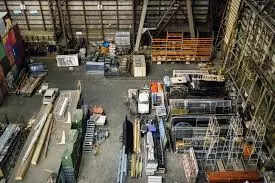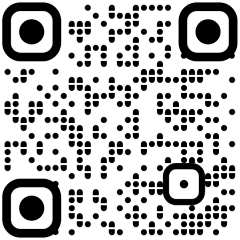[ad_1]

India’s manufacturing sector showed a significant uptick in October, as indicated by the seasonally adjusted Manufacturing Purchasing Managers’ Index (PMI).
The PMI climbed to 57.5, a notable increase from the eight-month low of 56.5 recorded in September.
This positive trend, highlighted in the S&P Global report released on Monday, is primarily attributed to a surge in demand for Indian goods.

The uptick in the PMI was driven by robust demand for Indian products, both domestically and internationally. This led to accelerated output growth, as manufacturers ramped up production to meet increased demand.
While the manufacturing sector is expanding, it is facing inflationary pressures. Input costs, particularly for materials, labor, and transportation, have risen significantly, leading to increased selling prices.
Manufacturers remain optimistic about the future, with strong business confidence driven by expectations of sustained consumer demand, new product launches, and pending sales approvals.
The manufacturing sector is also experiencing a hiring spree, with businesses adding to their workforce to accommodate increased production and meet rising demand.
Movement of Manufacturing PMI in FY25
Pranjul Bhandari, Chief India Economist at HSBC stated, “India’s headline manufacturing PMI picked up substantially in October as the economy’s operating conditions continue to broadly improve. Rapidly expanding new orders and international sales reflect strong demand growth for India’s manufacturing sector. Meanwhile, input and output prices are both increasing as a result of persistent inflationary pressures in materials, labor, and transportation costs.”The October PMI data offers encouraging signs for India’s manufacturing sector. However, inflationary pressures and supply chain challenges remain key concerns that could impact the sector’s future trajectory.
The Manufacturing PMI is a key economic indicator that tracks the health of the manufacturing sector. It provides insights into various aspects of manufacturing activity, including production levels, new orders, employment, supplier delivery times, and input costs.
Manufacturing PMI below 50 indicates contraction in manufacturing activity, the number above 50 signals expansion in manufacturing activity, and a PMI at 50 suggests stagnation, with no significant change in manufacturing activity.
[ad_2]
Source link



